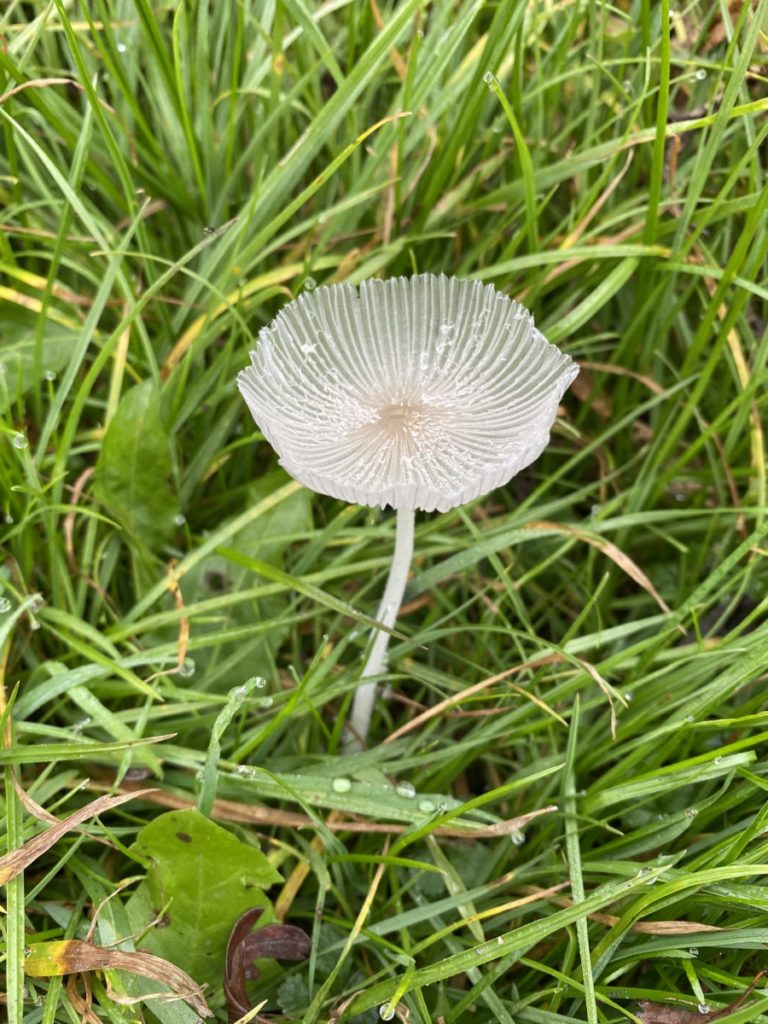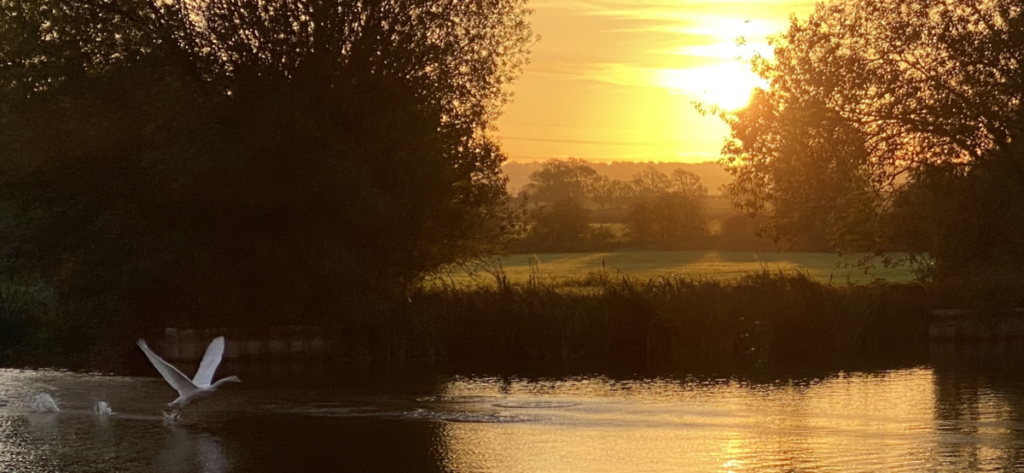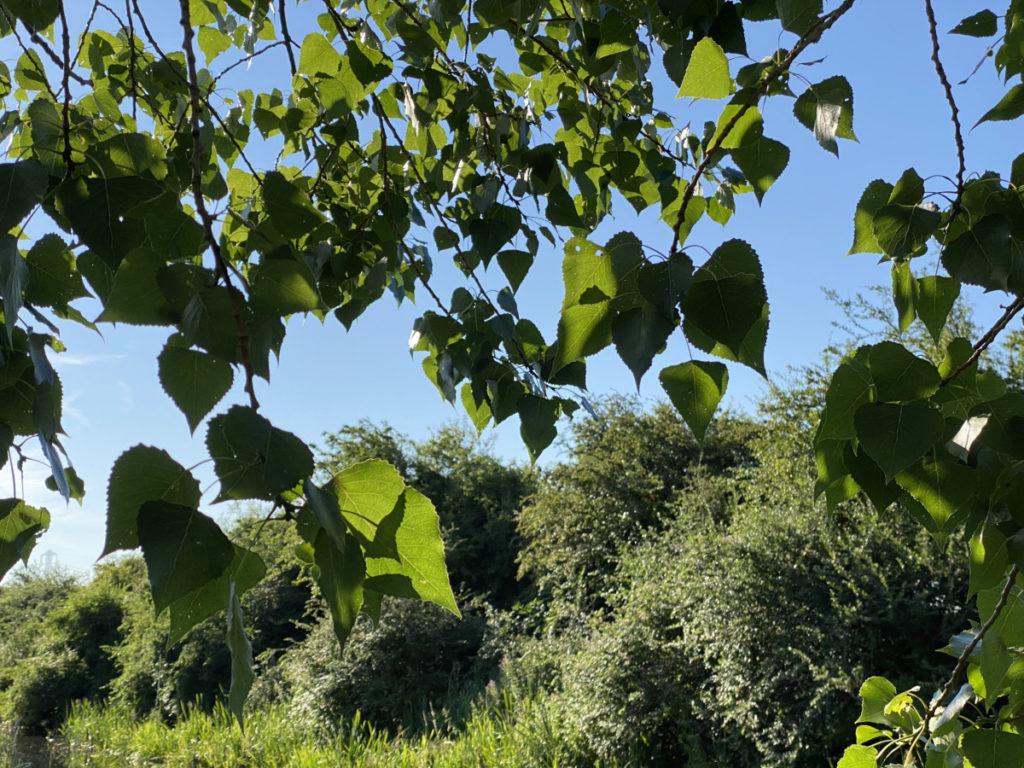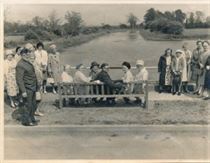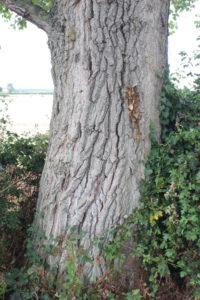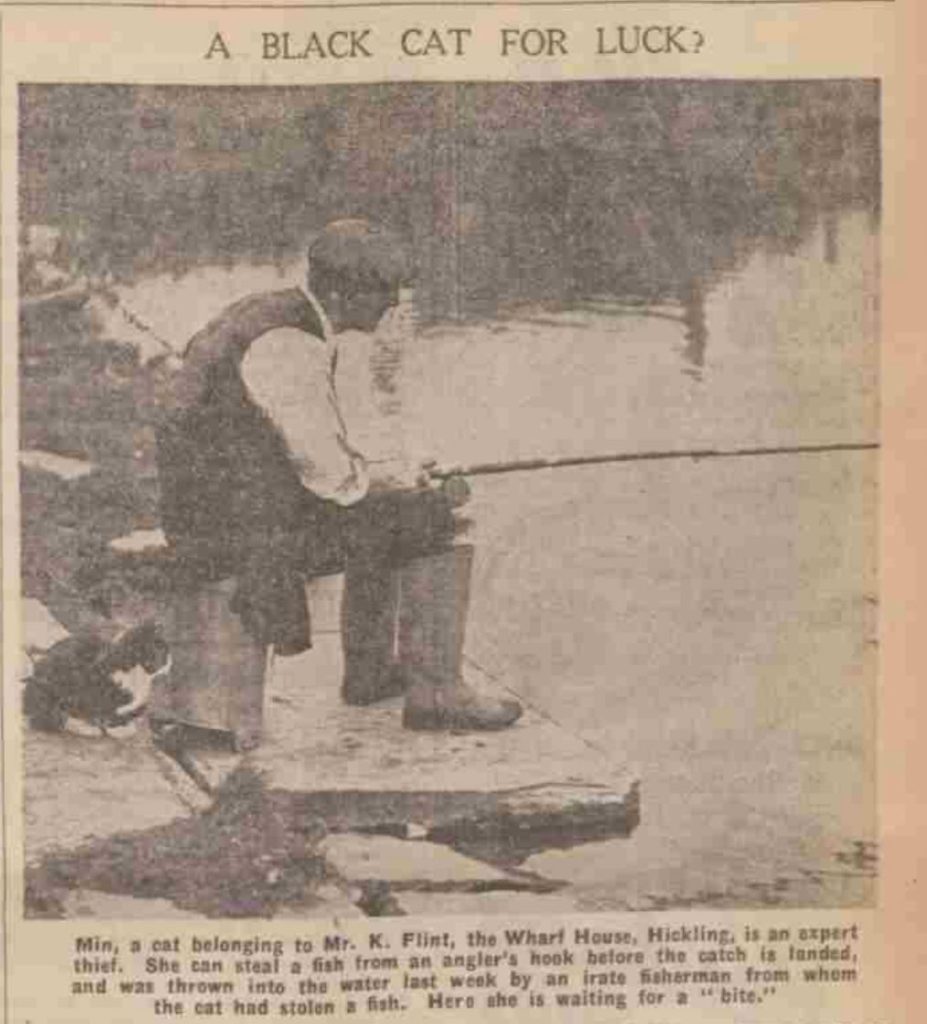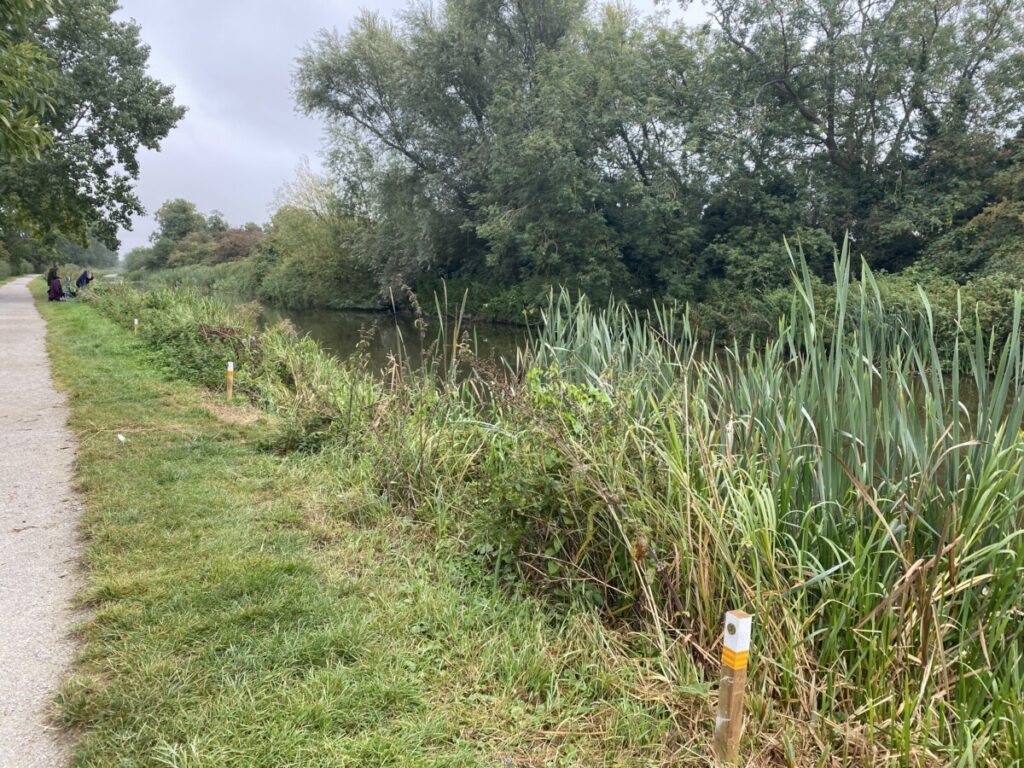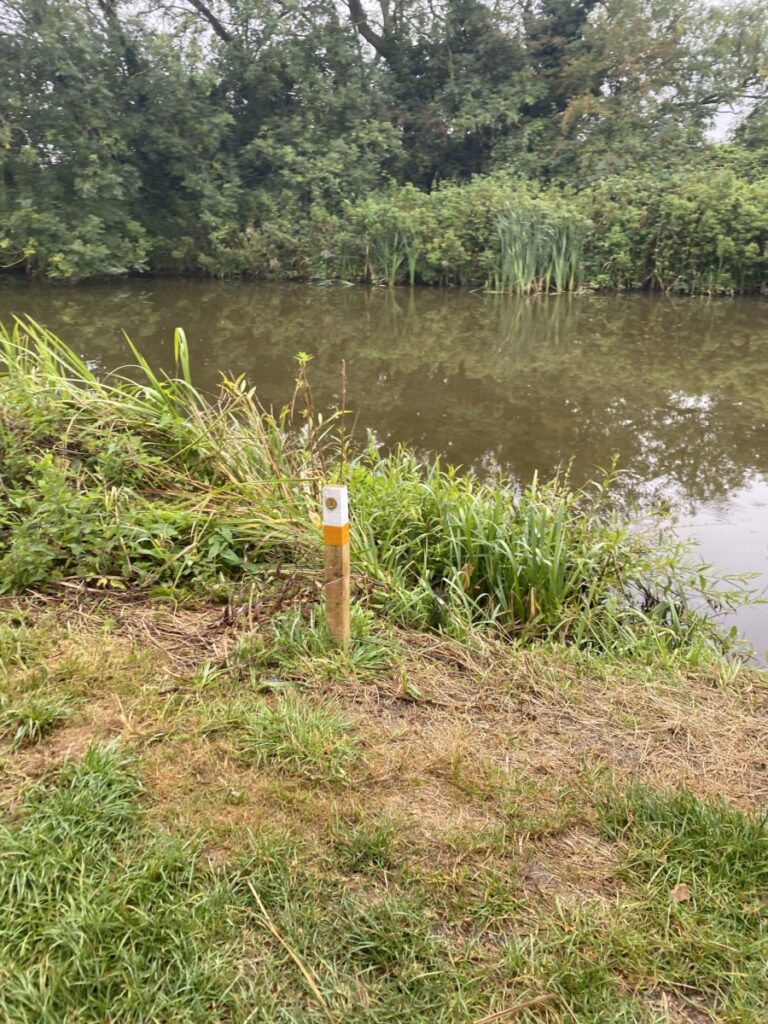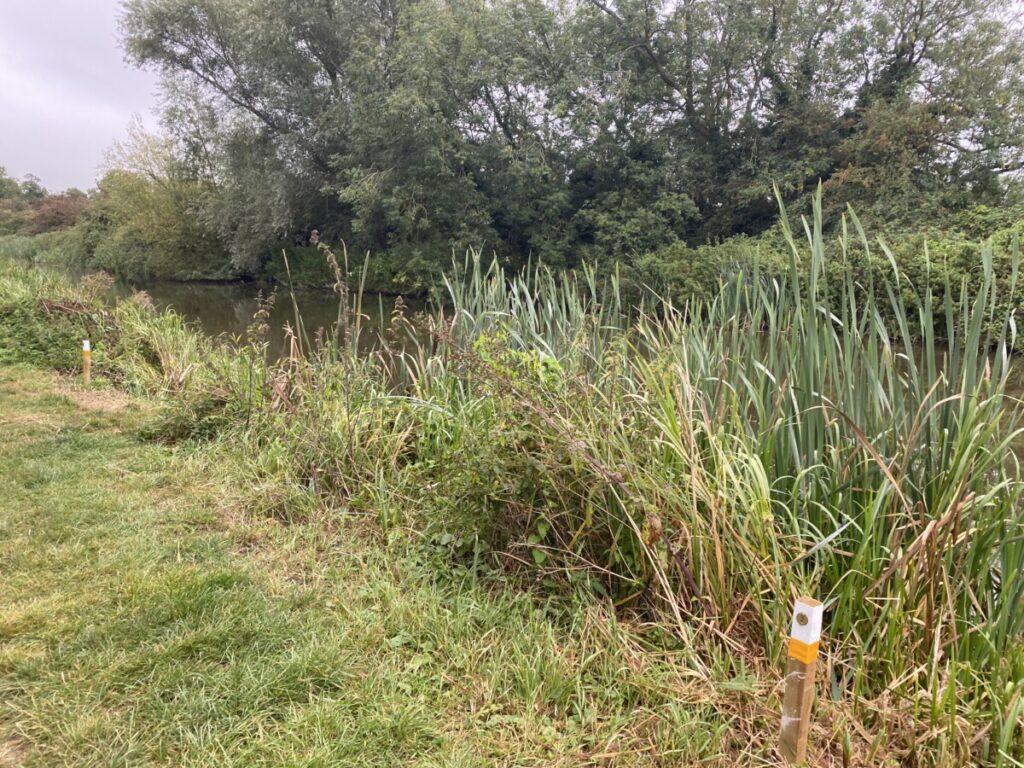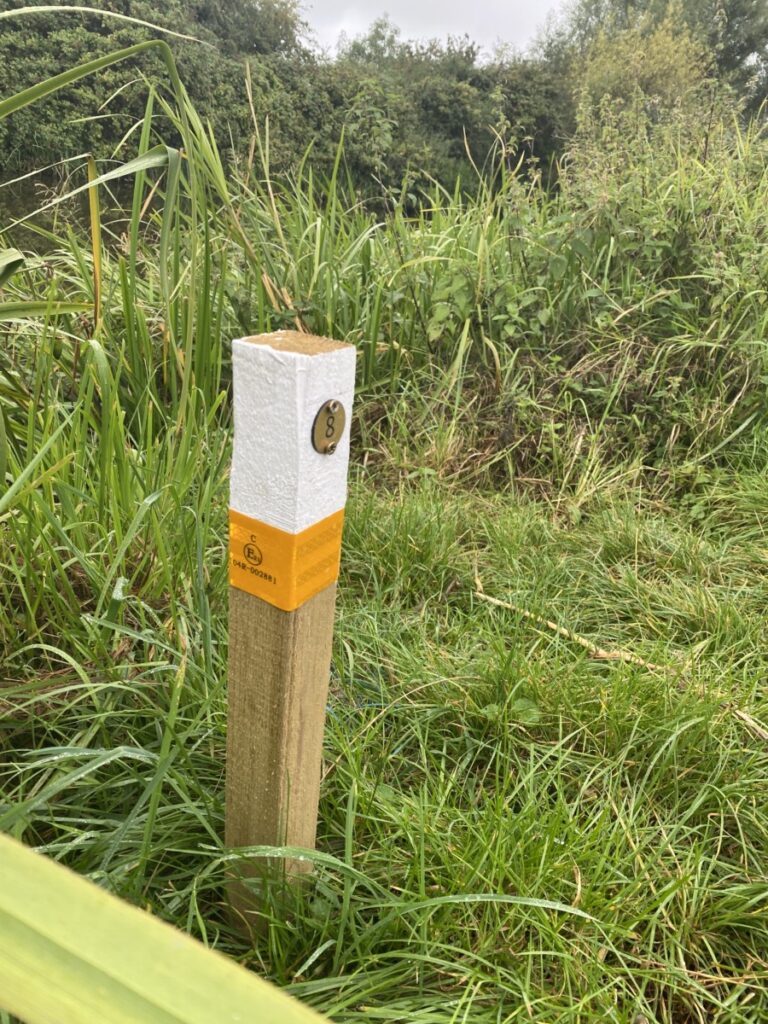A new life as a remainder waterway and wildlife haven:
“Since the Grantham Canal closed to boating in 1929, nature has reclaimed it. It is still mostly full of water, and is a valuable wetland habitat, running through the arable landscape of the Vale of Belvoir.” (Canal & River Trust @July 2022)
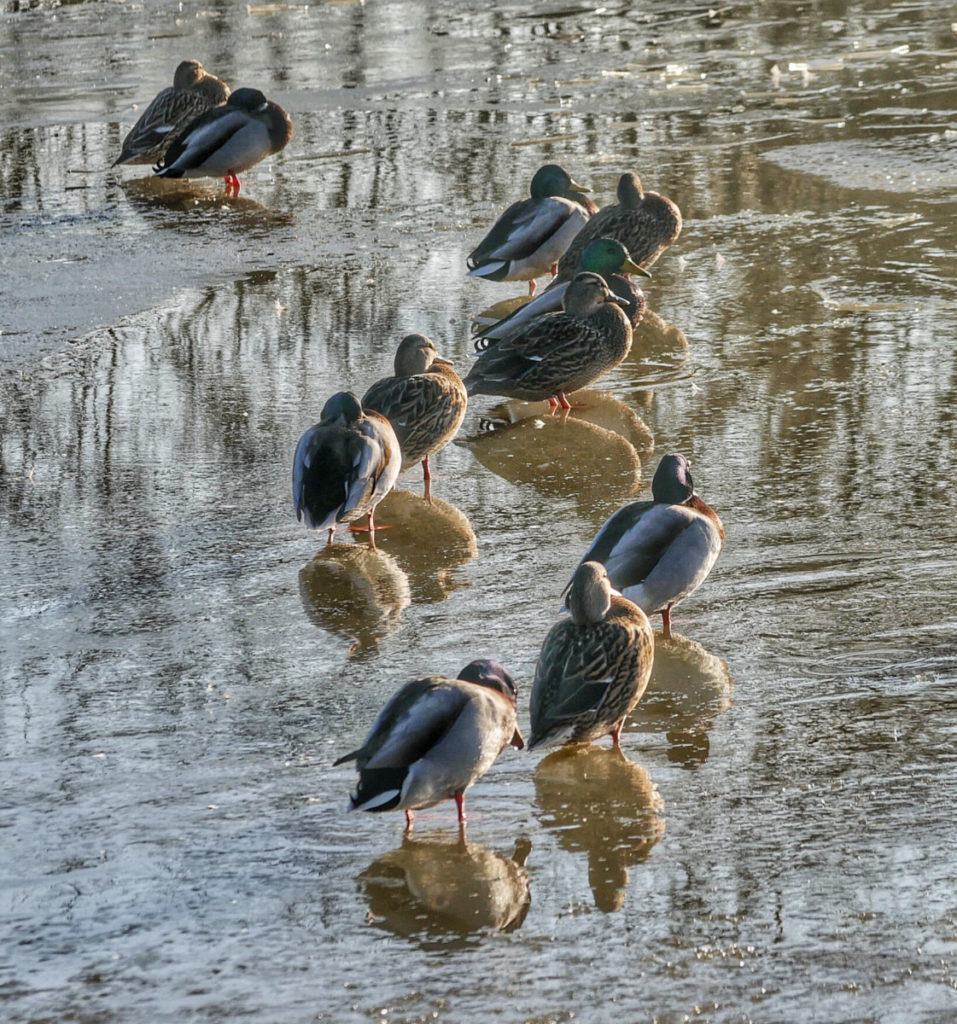
In the past 100 years the canal has become a valuable wildlife corridor with areas of SSSIs and Local Wildlife Sites; swans were amongst the early colonists, in the 1930s they were rare visitors but for many decades they have been resident. Otters and water voles are recolonising and kingfishers are here but elusive! It is a wonderful experience to watch the swallows dipping and diving over the open waters of the canal and Basin in an early evening and equally wonderful to stay and watch the bats as they emerge at dusk, swooping to hunt for insects over the surface of the water.
Even along the Hickling stretch there are several distinct habitat areas and in 2018 a community conservation group (working with the Canal & River Trust, Rushcliffe BC & the Notts Wildlife Trust) began work on surveying the mammals, birds, fish, amphibians, insects and plantlife of the canal and its surroundings in the hope that a Local Nature Reserve (LNR) designation can be applied to the Hickling section of the canal at some point in the future.
This page is new and will be added to gradually (as time allows!). If you have anything which you would like to contribute, please contact us.
The Towpath Poplar Trees:
The native black poplar which we have in the churchyard is a genuine rarity but it isn’t known whether there is any link to the seven hybrid black poplars which are such a distinctive feature along the towpath between the Lengthsman’s Hut and the Basin.
Black poplar trees have distinctive heart-shaped leaves which are dark in colour and a burred trunk. They offer welcome shade in the summer; when there is a breeze it sounds as if it is raining as you walk beneath them or as if they are whispering.
Alongside a number of Ash trees*, the poplars are set into the boundary hedge along the canal and, therefore, came after the construction of the canal in 1797. In comparison to the 200yr old Native Black Poplar in the churchyard, they seem relatively immature but the photographs we have are rather inconclusive. It isn’t known whether they were deliberately planted or whether they colonised this section naturally but they do appear to be of a similar age; this and the fact that they have successfully survived hedge cutting in their early years does suggest deliberate planting. Either way, it seems that they have emerged out of the towpath hedgerows since the canal slipped into disuse, only gaining any real prominence in the last 60 years or so (see WI photograph from 1965).
- (* sadly, the ash tree next to the Lengthsman’s Hut became dangerous and had to be felled in September 2021)
In July 2022 a local conservationist measured the girth of one of the trees 1.5m from the ground – it measured 2.9m suggesting an age of 100-110years old. They are all approx. 100ft tall.
It would be interesting to survey the presence of black poplars elsewhere along the route of the canal to see whether they are a speciality of this section or widespread (either presently or previously). At present they would seem to be an interesting quirk of this Hickling section of the canal but we will keep this page updated if we hear anything more – please contact us if you can help with this.
Fishing on the Grantham Canal
Unfortunately, we probably have to accept that the legend of the Whale of Hickling Basin is just a fishermen’s tale or a story to frighten the children; nevertheless, there are lots of fish.
Fishing has been a popular pastime on the Grantham Canal since its earliest days; we welcome your fishing tales and memories to add here! Also, please contact us if you would like to contribute an article about fishing in Hickling – we’d love to hear from you.
Please scroll down to view the news clippings in the section below and click on this link to find out more about Min the fishing cat who successfully stole fish as they were pulled from the water to feed her kittens – her story is told on the main Grantham Canal page.
One of these news articles from 1932 records that, “Perhaps Hickling is principally known for its Basin which is a favourite haunt of piscatorial enthusiasts“, the writer goes on to describe a bream weighing 4lb6oz caught by a Mr Langford and which gave a “wonderful fight for fifteen minutes” and was proclaimed the largest catch for two seasons. “These are not fishermen’s weights but the actual ones the fish being weighed before several of the enthusiastic villagers.”
Sadly, there are no longer any eels to be caught but pike and bream continue to be a sought after catch.
A new line of 12 fishing pegs was added in August 2023; hopefully, there are more fishing tales still to be written:
In the News:
Margaret Wadkin collected news clippings over several decades and for much of this time she was the contributor for Hickling news, too; sadly, several of her albums are now missing but this gallery details how swans were rare visitors to begin with, the killing of the ‘last’ otter, a grass snake swimming across the Basin, cuckoos, cranes and more … She also records the popularity of Hickling for the fishermen with up to 50 coming from Nottingham on August Bank holidays to fish on the Basin.





